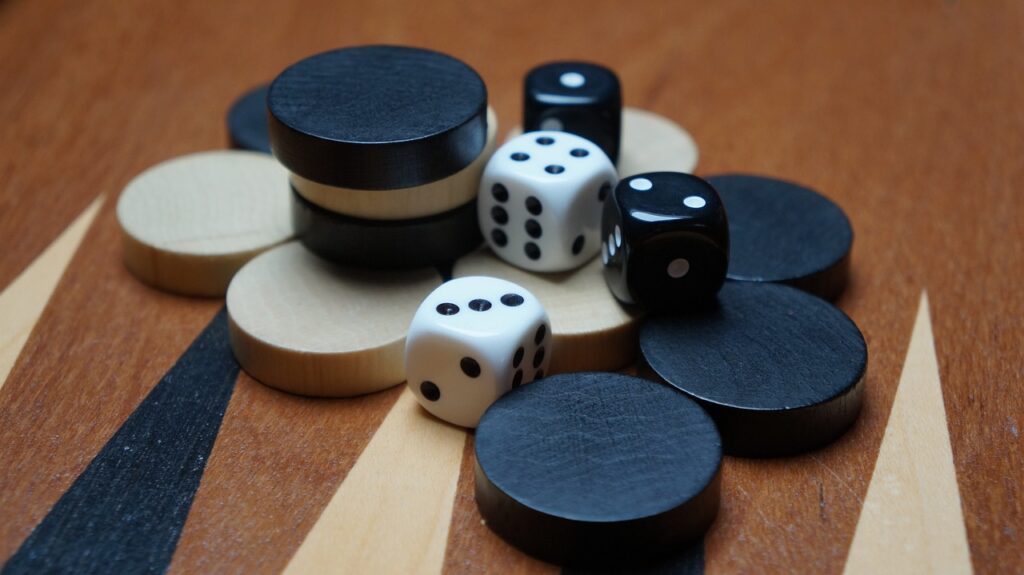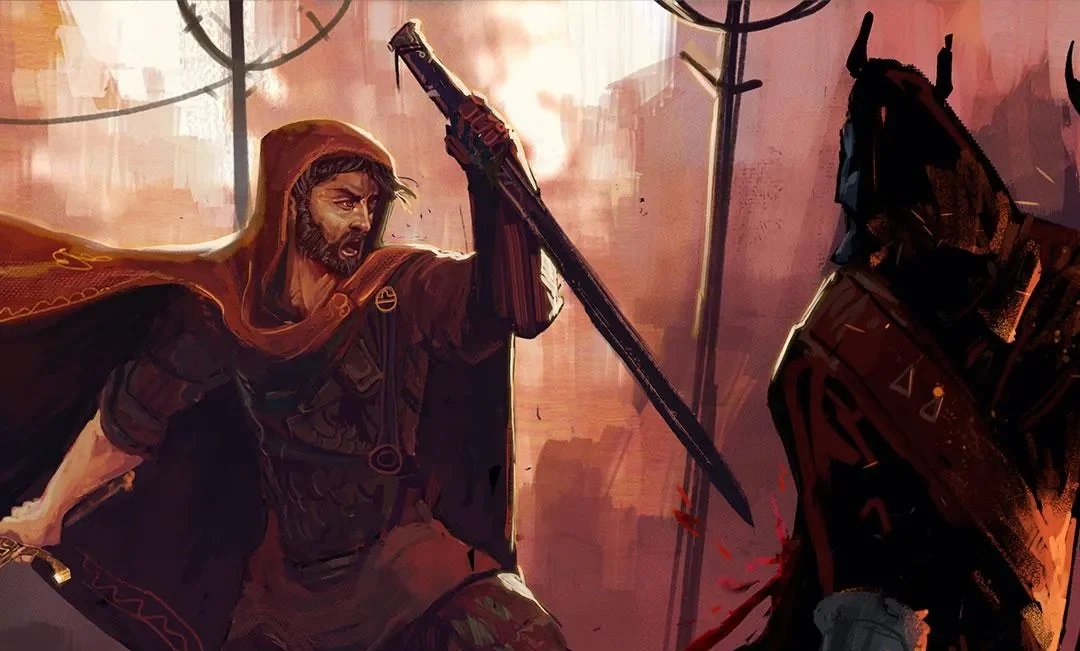The Rule
I designed a homebrew rule for playing Not the End in the Numenera setting. Here’s the rule:
If you carry more than 3 numenera between either your Traits or your Resources, the Danger of every Test you take is lowered by 1.
A story of limitless ambition, reckless naivety, and failures lies behind this simple rule. If you want to know more about it, just go ahead and read on.
“Let’s do a design challenge for fun!”
My original aim was to design a light TTRPG with an OSR-flavor. I decided to approach the development as if it were a very small game jam. Hence, I gave myself a set of specific constraints:
Design a TTRPG with a small set of light rules to play in the Numenera game setting. The main mechanic to resolve conflicts is drawing tokens from a pool; there are no dice. Tokens are the most important resource the players have. The characters are defined by traits which are expressed through natural language. Coherently with the setting, the game must put a great emphasis on gathering and using numenera devices, as well as on how much dangerous too many numenera devices can be. The game must be developed in four hours at max.
In the end, life (and, less impressively, house chores) took three hours away from my day, so I tried to write down a crude system in a little more than an hour. At fifty minutes, I realized I would not end up with a complete set of rules, and I diverted to a single, simple homebrew rule I could actually publish.
I chose to make an additional rule for Not the End because it was the most significant inspiration I had in mind when I wrote down my constraints and goals for the hypothetical game.
Afterthoughts
Making a TTRPG is hard. I’ve always known that, of course, but I had never felt it until today, when I actually tried to design one from scratch. Also, one hour for my first TTRPG was probably underestimating the challenge. Heck, even four hours was wildly optimistic.
While facing the blank page where I planned to scribble the rules of the game, I was filled with creative energy and devoid of ideas at the same time. Many mechanics and dynamics were running through my head, but I wasn’t able to grasp any of them and glue them together to get something that worked. I believe I didn’t have a clear enough vision to guide my design decisions, nor enough knowledge of proven loops and mechanics to sustain the process.
Sitting at the table, I knew a couple of things that I wanted to put in the game. First, I wanted players to draw tokens from a hidden pool. I discovered this mechanic by playing Not the End and came to love how it feels at the table.
In Not the End, every time there is a test, players collect a number of white tokens equivalent to the character traits that fit the nature of the test. On the other side, the game master defines the number of black tokens corresponding to the difficulty of the game. Both white and black tokens are put in a hidden pool, then the player who is taking the test draws tokens randomly, up to a maximum of five. If they draw a white token, it’s a success; if they draw a black token, it’s a complication/failure. Once the test is resolved, the pool is discarded. It will be reformed anew for the next test. Very simple, very effective.
In my case, I wasn’t able to define convincingly how the permanent pile of tokens I wanted the player to have would fit into this context. In particular:
- How does the player gather tokens for their permanent pile?
- Are traits involved in token-gathering for the permanent pile, or are they relevant only to the tests?
- What is the relationship between the permanent pile and the pool assembled for the test?
I asked myself many other questions, such as how to fit the numenera devices into this context, or if I needed to lower/raise the number of character traits to give numenera devices more importance. The three I highlighted are the most important, though.
Closing Thoughts
I wasn’t able to deliver a complete TTRPG as intended, which is not cool. However, I spent an hour pondering on stimulating questions about the kind of game I wanted to create, and I ended up with a clearer view of the process.
Moreover, I now see that some of the mechanics I tried to glue together could actually serve as the basis for their own games. In particular:
- Drawing tokens to solve tests (from Not the End, which I aim to use in a completely different context)
- Betting tokens from a permanent pile
- Playing your character as a set of cards (I didn’t mention this one in the article, but I really like the idea of TTRPG characters not being represented by a character sheet, but by a hand of cards the player can actually play to overcome challenges)
I look forward to when I will give myself a sensible amount of time to design a complete game, maybe building upon one of these ideas.
May game components inspire me.


Be First to Comment